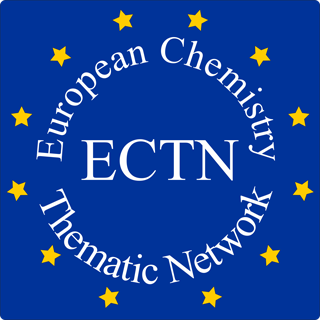Organic Chemistry 3
Group Leader
Prof. Peter Gärtner, Vienna University of Technology, AT (wg.oc3@echemtest.eu)
Public
This test has been designed to evaluate a level of competence in organic chemistry equivalent to that of a person who has completed the core chemistry syllabus at University.
Duration
You may answer the questions in any order during 60 minutes.
Structure
The test consists of 30 questions covering the topics given below. It starts with 15 questions at the introductory level, followed by 10 questions at the intermediate level and finally 5 questions at the advanced level of difficulty.
Introductory Level
- Nomenclature
- Structure and Bonding (including hybridization)
- Functional Group Recognition; Simple Spectroscopy
- Basic Stereochemistry
- Safety, solvents
- Simple Structure Elucidation
- Addition to Alkenes and Alkynes
- Substitution and Elimination Reactions
- Electrophilic Aromatic Substitution of Benzene derivatives and Naphthalene
- Nucleophilic Additions to Carbonyl Groups (Aldehydes, Ketones, Carboxylic Acid Derivatives)
- Simple Functional Group Transformations
- Redox Reactions
- Acid and Base Strengths
- Radical Halogenation of Alkanes
Intermediate Level
- Resonance (mesomerism), Aromaticity
- Further Stereochemistry (R,S nomenclature)
- Further Structure Elucidation
- Cyclo-addition Reactions; Radical Additions to Alkenes ; Stereochemistry of Additions to Alkenes
- Further Substitution and Elimination Reactions, Stereochemistry of Eliminations
- Enolate Anion Chemistry, Michael Reaction
- Simple Syntheses
- Use of Diazonium Salts
- Carbocation rearrangements (Wagner-Meerwein, pinacol), Beckmann, Baeyer-Villiger, Hofmann and Curtius rearrangements
- Polymers
Advanced Level
- Stereochemistry of Compounds with 2 or more Stereogenic Centres, Cyclic Compounds
- Advanced Structural Elucidation using more than one type of spectroscopy
- More Complex Syntheses, use of protecting groups, multistep processes
- Biomolecules
- Aromatic Substitution of Heteroaromatics (Nucleophilic and Electrophilic)
